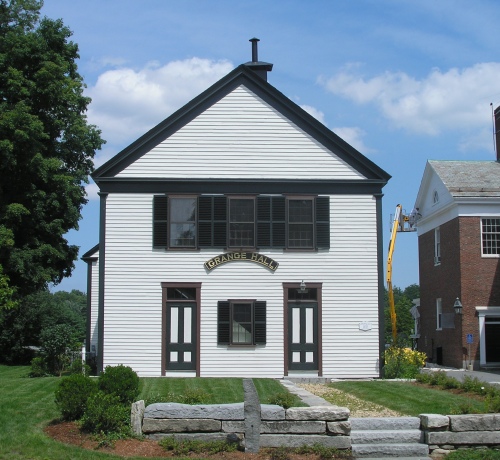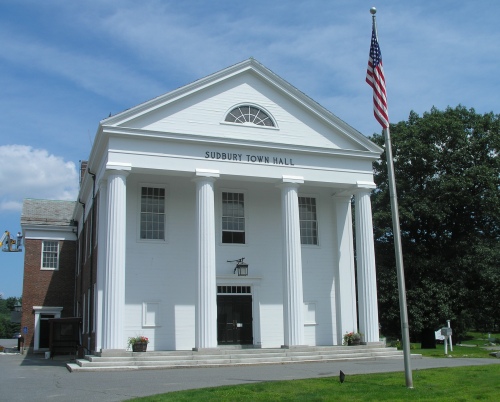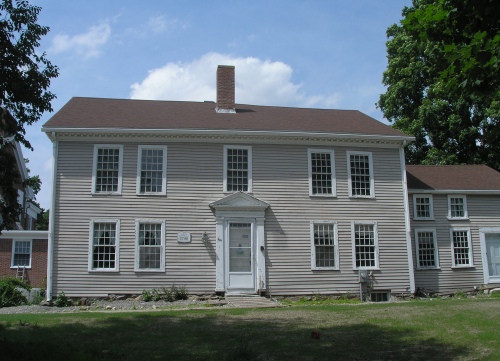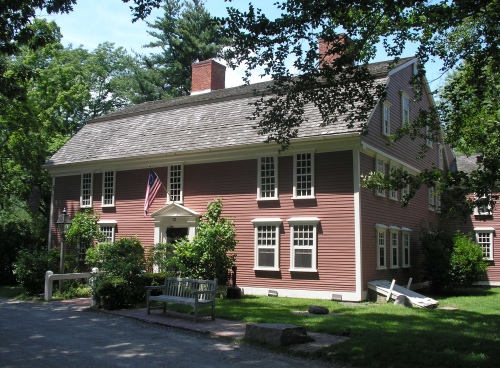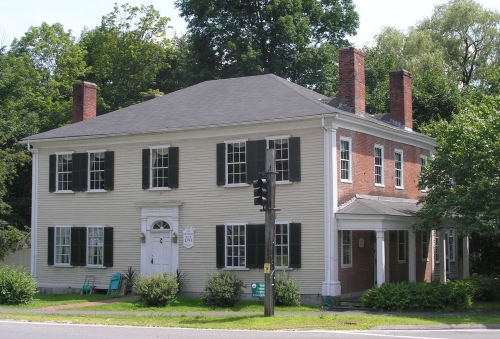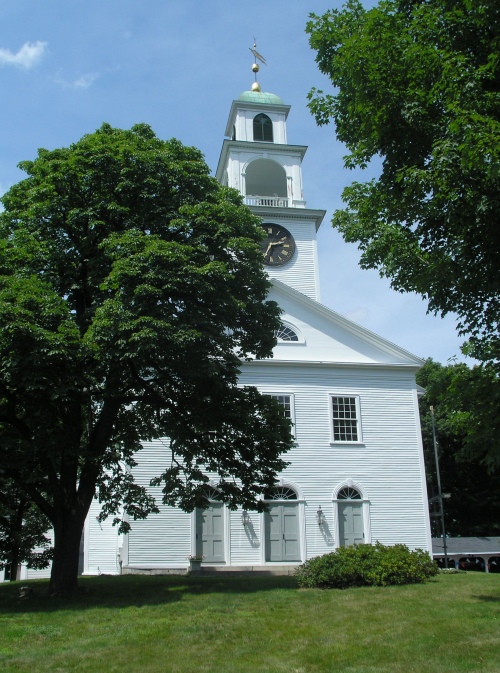Presbyterian Church in Sudbury (1835)
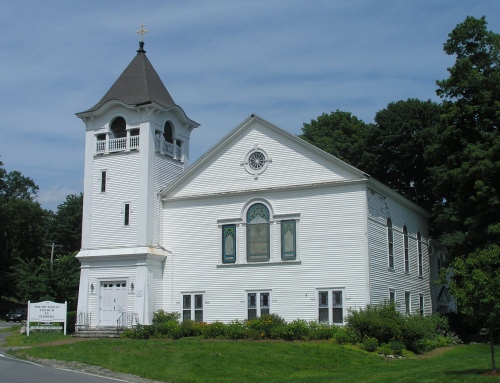
The earliest Methodist meetings in Sudbury were held in the schoolhouse of the town’s north-west district until 1835, when the town decided to no longer allow the use of school buildings for religious meetings. That year, a Methodist meeting house was constructed between Sudbury Green and the Old Revolutionary Cemetery. The church was expanded in 1896, but it now serves as the Presbyterian Church in Sudbury.
